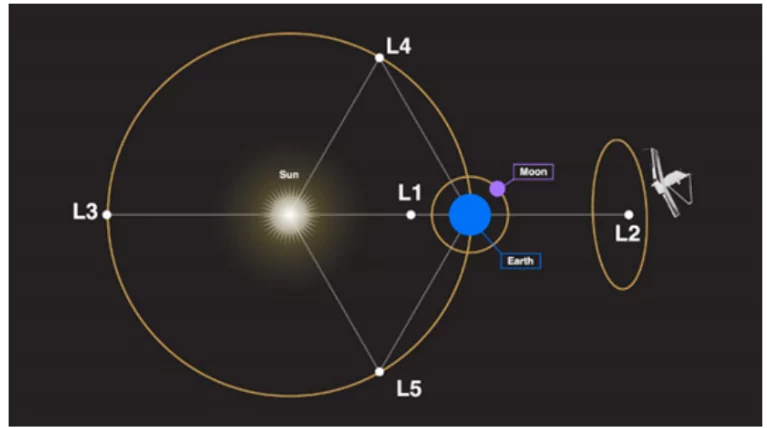Recently, Indian Space Research Organization (ISRO) releases Images of the Sun Captured by Aditya-L1 Payloads.
Aditya-L1’s SUIT and VELC Capture Solar Fury
The images were taken by the remote sensing payloads Solar Ultraviolet Imaging Telescope (SUIT) and Visible Emission Line Coronagraph (VELC) aboard the Aditya-L1 spacecraft.
- These images will aid in the study of solar flares, energy distribution, sunspots, understanding and predicting space weather, and monitoring solar activity and UV radiation across a broad wavelength range.
Enroll now for UPSC Online Course
About SUIT and VELC
- SUIT (Solar Ultraviolet Imaging Telescope): Designed to image the solar photosphere and chromosphere in the near ultraviolet (UV) spectrum and measure variations in solar irradiance in the near UV range.
- VELC (Visible Emission Line Coronagraph): Aims to study the solar corona and the dynamics of coronal mass ejections.
Aditya-L1 Mission
- About: Launched in 2023, Aditya-L1 is India’s inaugural space mission aimed at observing the Sun from a halo orbit around the Lagrange point 1 (L1) of the Sun-Earth system, located approximately 1.5 million kilometers from Earth.
- Launching Vehicle: The mission was launched aboard the Polar Satellite Launch Vehicle (PSLV) XL (PSLV-C57) and carries seven payloads.
- Significance of Aditya-L1: To explore the processes of coronal heating and acceleration of solar wind.
- To observe the in-situ particle and plasma environment, providing valuable data for the study of particle dynamics originating from the Sun.
Other Solar Missions
- NASA’s Parker Solar Probe
- The Solar and Heliospheric Observatory by the European Space Agency
- China’s Kuafu-1 Solar Probe
Check Out UPSC NCERT Textbooks From PW Store
Lagrange Point (L1)
- About: At Lagrange points, the gravitational force exerted by two massive bodies, such as the Sun and Earth, exactly balances the centripetal force necessary for a small object to orbit with them.
- Advantage: L1 offers the advantage of unobstructed and continuous observation of the Sun, without any occurrences of occultation or eclipses.
- Number of Points: There are five Lagrange points, of which three are unstable (L1, L2, L3) and lie along the line connecting the two large masses, while two are stable (L4, L5).

|
![]() 11 Jun 2024
11 Jun 2024
